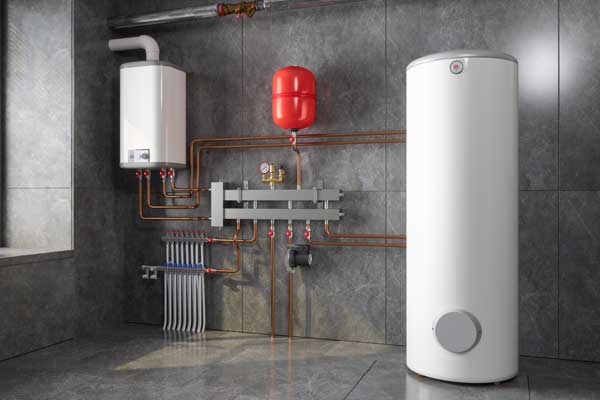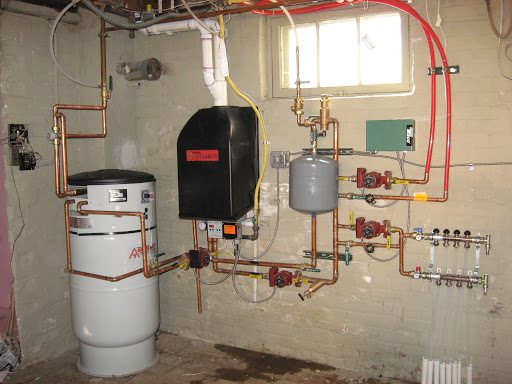Right here on the next paragraphs you can get more excellent data in regards to Tips For Maintaining Your Hot Water Heater.

Hot water is important for everyday convenience, whether it's for a refreshing shower or washing meals. To ensure your warm water system runs successfully and lasts longer, routine upkeep is crucial. This write-up gives practical tips and insights on exactly how to preserve your home's hot water system to stay clear of disturbances and costly repair work.
Intro
Keeping your home's warm water system might seem complicated, yet with a few simple steps, you can guarantee it runs efficiently for several years ahead. This overview covers everything from understanding your hot water system to DIY upkeep ideas and recognizing when to call in professional help.
Significance of Preserving Your Warm Water System
Regular maintenance not just expands the lifespan of your hot water system however additionally ensures it operates effectively. Disregarding upkeep can lead to reduced effectiveness, greater power bills, and even premature failing of the system.
Indicators Your Warm Water System Needs Maintenance
Understanding when your warm water system requires focus can prevent significant concerns. Look out for signs such as inconsistent water temperature, odd sounds from the heating system, or corroded water.
Understanding Your Hot Water System
Before diving into maintenance tasks, it's valuable to recognize the standard parts of your warm water system. Typically, this consists of the hot water heater itself, pipelines, anode poles, and temperature level controls.
Month-to-month Upkeep Tasks
Normal monthly checks can help capture small problems prior to they intensify.
Purging the Hot Water Heater
Purging your water heater eliminates sediment accumulation, enhancing effectiveness and extending its life.
Checking and Replacing Anode Rods
Anode rods prevent corrosion inside the tank. Inspecting and changing them when broken is critical.
Evaluating and Readjusting Temperature Level Setups
Changing the temperature settings ensures optimal efficiency and safety and security.
Do It Yourself Tips for Maintenance
You can carry out several maintenance jobs on your own to keep your hot water system in top problem.
Looking for Leaks
Frequently check pipes and links for leaks, as these can lead to water damages and higher costs.
Evaluating Stress Relief Valves
Checking the pressure safety valve ensures it operates properly and prevents excessive stress accumulation.
Shielding Pipes
Insulating hot water pipelines minimizes heat loss and can conserve power.
When to Call an Expert
While do it yourself upkeep is valuable, some concerns call for professional experience.
Complicated Concerns Requiring Specialist Help
Instances consist of major leakages, electrical issues, or if your water heater is constantly underperforming.
Regular Professional Maintenance Perks
Expert maintenance can consist of comprehensive assessments, tune-ups, and ensuring conformity with safety criteria.
Final thought
Normal maintenance of your home's warm water system is vital for performance, durability, and expense financial savings. By complying with these pointers and understanding when to look for specialist help, you can make sure a trusted supply of hot water without unforeseen disturbances.
How to Maintain an Instant Hot Water Heater
Before tinkering with your hot water heater, make sure that it’s not powered on. You also have to turn off the main circuit breaker and shut off the main gas line to prevent accidents. Also turn off the water valves connected to your unit to prevent water from flowing into and out of the appliance. 2. When you’re done, you have to detach the purge valves’ caps. These look like the letter “T†and are situated on either side of the water valves. Doing so will release any pressure that has accumulated inside the valves while at the same time avoid hot water from shooting out and burning your skin. 3. When the purge valves’ caps are removed, you have to connect your hosing lines to the valves. Your unit should have come with three hoses but if it didn’t, you can purchase these things from any hardware or home repair shops. You can also get them from retail stores that sell water heating systems. Read the user’s manual and follow it to complete this task properly. When the hosing lines are connected, open the purge port’s valves. 4. You should never use harsh chemical cleaners or solutions when cleaning your unit. Make use of white vinegar instead. It should be undiluted and you’ll probably use about 2 gallons. 5. Now flush your water heater. This task should probably take about 40 minutes. We can’t give you specific directions for this because the procedure is carried out depending on the type, model and brand of your heater. With that being said, refer to the user’s manual. 6. When you’re done draining the unit, you have to turn off the purge port valves again. Remove the hosing lines that you earlier installed on each of the water valves. Put the valve caps (purge port) back in their respective places and be very careful so as not to damage the rubber discs that are found inside these caps. 7. Now that everything’s back in place, check your user’s manual again to find out how to reactivate your water heating system. 8. Once it is working, turn one of your hot water faucets on just to let air pass through the heater’s water supply pipes. Leave the tap on until water flows smoothly out of it. https://www.orrplumbing.com/blog/2014/september/how-to-maintain-an-instant-hot-water-heater/

Do you enjoy reading up on Tips on Maintaining a Water Heater? Put feedback further down. We will be delighted to see your views about this blog entry. Hoping to see you back again soon. Are you aware of another individual who is curious about the topic? Take a moment to share it. We value reading our article about What Kind of Maintenance Do Water Heaters Need?.
Learn More